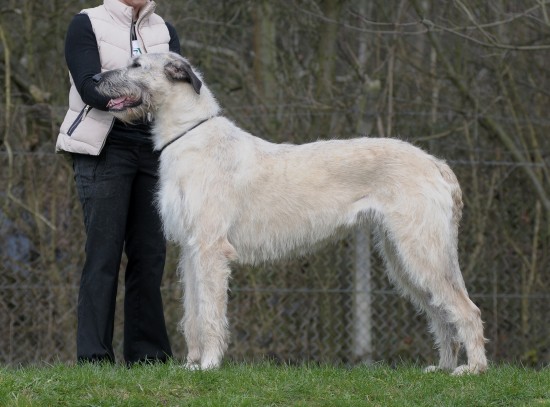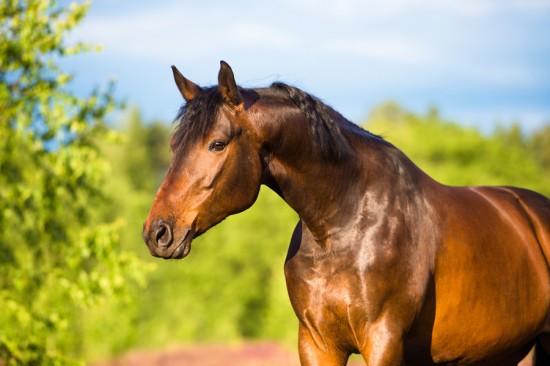Keeping poultry is not surprisingly becoming quite a fashionable pursuit and it is not hard to appreciate why. It does not take a great amount of cash to begin and you can do it without a whole lot of sweat. Plus, it won't be long before you are gathering nutritious eggs for the kitchen table. If you have decided to raise poultry in your yard there are a few tasks you are required to do prior to filling your hen house with pullets..
To keep pullets you ought to put up a good home for them. This will come in the manner of a hen house and will include nesting boxes and water fountains. Once everything in place it is simply a matter of filling your chicken coop with poultry. But you can't just drive to the neighborhood grocery store to find these chickens, so where do you buy them? There are a multitude of ways, each having their own exclusive advantages and disadvantages. Learning these diverse options will teach you what you can do to assure yourself the maximum amount and best quality of nutritious eggs at the soonest possible time.
There are two main options for establishing your laying flock. Either hatch your birds from fertile eggs or acquire live birds. Hatching eggs on your own is accomplished utilizing an incubator or a brooding hen. Live birds can be purchased as day-old chicks, started hens, or second-year chickens. Both eggs and live chickens can be purchased from a great number of big commercial hatcheries which are easy to find by probing the internet. One of my favorite hatcheries is Murray McMurray Hatchery, but there are a great number of them around.
Using a brooding hen to hatch your eggs is probably not the top choice because there are too many things that can go wrong, which will cause disappointment for the beginner. The same thing can be said if you want to hatch eggs utilizing an incubator. The incubator temperature needs to remain the same for the whole time which is not a simple job to sustain. Additionally, if you buy hatching eggs they may possibly be more expensive than day-old chicks so there's actually no reason to purchase hatching eggs.
Day-old birds almost always are delivered by the postal service and these little birds require the use of a brooder to keep them warm and cozy for the first few weeks of their lives. Poultry brooders are not cheap so buying one will ratchet up your costs tremendously. Day-old birds also need some special nurturing so you will expend a good deal more time growing these youthful birds than you will if you buy started birds or second-year chickens.
Pullets produce a great amount of eggs their initial year and then decrease production each succeeding year. Moreover, the eggs lessen in quality each and every year. This is one of several reasons why second-year pullets are not the best choice. They have previously laid eggs one year so by the time you get them they will be less productive.
Started pullets are classically about nineteen or twenty weeks of age and have not quite reached their laying age. With this kind of chicken you will probably be able to start gathering eggs soon after buying them. They will be more expensive than day-old birds, but you can recover most, if not all, of the cost difference since you will not need to feed them during the initial few months of their existence. This can save you a bunch of cash on feed. And you won't have to buy a high-priced brooder since they will be put into the hen house as soon as they arrive.
As a substitute for buying day-old birds, if you buy started birds you will remove the expense of a brooder, several months of effort keeping them, and a good deal of cash feeding them for the initial nineteen or twenty weeks. Plus, you will typically be able to start gathering eggs pretty soon after you get them. The quickest way to fill up your hen house with productive pullets is to buy started hens.

 Extreme Pets – Largest, Smallest, Heaviest & Lightest Dogs & Cats In The World
Extreme Pets – Largest, Smallest, Heaviest & Lightest Dogs & Cats In The World
 Five Universal Personality Traits Of The English Bulldog
Five Universal Personality Traits Of The English Bulldog
 3 Ways You Can Reduce The Chances Of Your Pet Developing Cancer
3 Ways You Can Reduce The Chances Of Your Pet Developing Cancer
 The Gorgeous Austrian Black And Tan Hound
The Gorgeous Austrian Black And Tan Hound
 Clicker Training For Horses - How Well Does It Work?
Clicker Training For Horses - How Well Does It Work?
 How Can You Tell If Your Dog Respects You?
How Can You Tell If Your Dog Respects You?